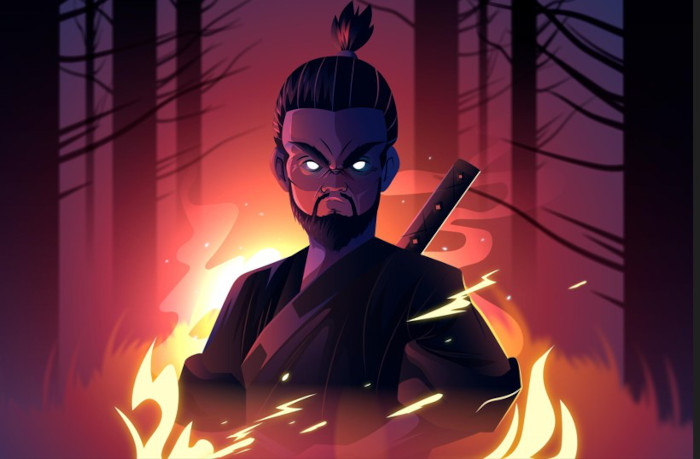
The anti-hero plays a significant role in storytelling for several reasons: they enrich narratives and deepen character development, adding depth and complexity to storytelling.
Feelings of redemption and identity crises are parts of their arcs. We examine how this journey reflects internal struggles as we explore characters like Wolverine and Harley Quinn, who grapple with their pasts while seeking a sense of belonging or purpose. Another important characteristic is their realistic motivations, such as revenge, personal loss, or a desire for justice, that sometimes clouds their judgment and can create a more engaging narrative, as readers witness the character’s growth.
This presents us with a more nuanced view of morality, contrary to the morality of traditional heroes, who give us a strictly black-and-white world. Anti-heroes operate within shades of gray. This complexity allows readers to explore ethical dilemmas and question what it means to be a hero. They promote their own moral beliefs. By presenting characters who defy traditional heroic archetypes, stories can operate outside the conventional framework of good versus evil.
In fact, anti-heroes frequently create internal and external conflicts that propel the narrative. Their struggles, often involving personal demons or societal rejection, generate tension and unpredictability, keeping audiences engaged.
That reminds me of a Harley Quinn quote: “Red is … the color of my lipstick on his lips … and the blood underneath my fingernails.” The quote appears in Harley Quinn Black + White + Red #1’s “Harleen: Red” by Stjepan Sejic. This is a very good example thanks to Harley Quinn’s reflection about the relation to the red on her lips and the blood on her fingernails. In other words, the unconventional nature of anti-heroes can make them inherently more interesting than traditional heroes. Their unpredictability and unique motivations can captivate audiences and lead to more dynamic storytelling. Also, they can reflect societal issues and cultural anxieties, addressing contemporary themes such as disillusionment with authority, the quest for personal freedom, and the ambiguity of justice in modern society.
However, anti-heroes’ motivations might be based on self-interest or less-than-noble intentions. If these traits are not balanced with relatable struggles or redeemable qualities, it could alienate readers. They may find it difficult to empathize with a protagonist who consistently acts against their interests or ethical standards. Such characters can muddle the narrative. If the focus shifts too heavily to dissecting their flaws and motivations without sufficient plot progression or a clear goal, the story can become convoluted. A blend of complexity without clarity can lead to storytelling paralysis, where nothing meaningful occurs.
In conclusion, while anti-heroes have the potential to offer compelling narratives, they can also detract from story coherence, character development, and audience engagement if not expertly crafted. A well-rounded protagonist may provide a more satisfying arc and resonate more deeply with readers, maintaining engagement throughout the story.
